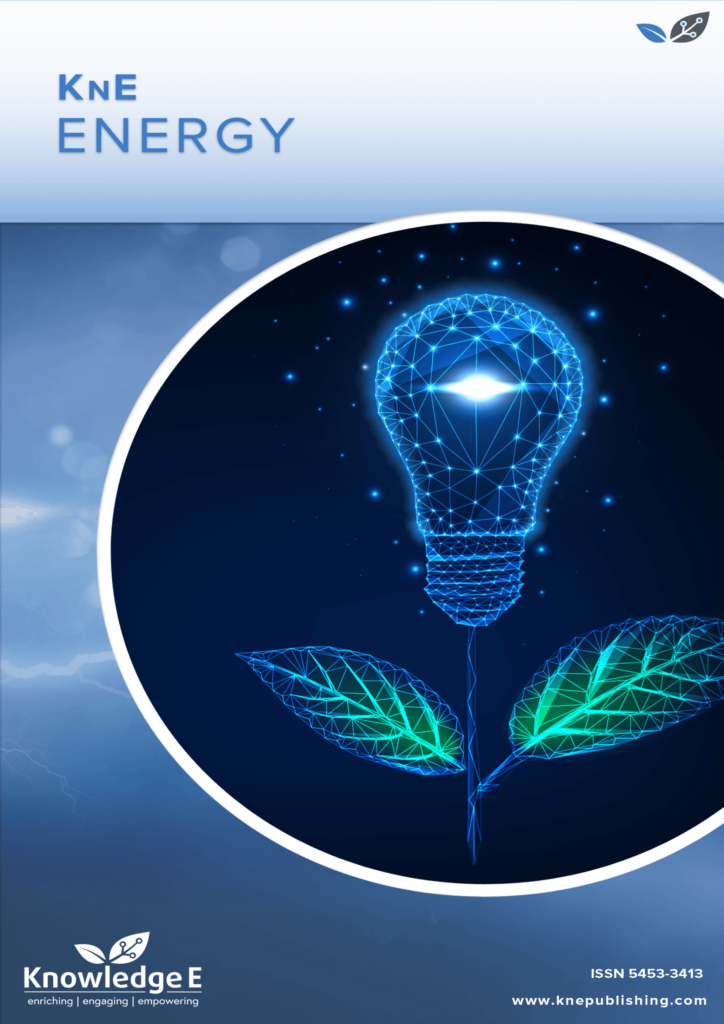
KnE Energy
ISSN: 2413-5453
The latest conference proceedings on energy science, applications and resources
Bacterial Cellulose/Alginate Nanocomposite for Antimicrobial Wound Dressing
Published date:Apr 17 2018
Journal Title: KnE Energy
Issue title: The 2nd International Symposium "Physics, Engineering and Technologies for Biomedicine"
Pages:202–211
Authors:
Abstract:
Development of novel wound dressing has attracted more and more attentions in recent years. Bacterial cellulose is a biopolymer of great potentials, which features a distinctive three-dimensional structure consisting of an ultrafine network of cellulos nanofibers. In the present study, nanocomposite bacterial cellulose films modified in situ by the addition of alginate during the static cultivation of Gluconacetobacter sucrofermentans B-11267 were produced and then enriching the polymer with an antimicrobial agent tetracycline hydrochloride. The structure of bacterial cellulose and nanocomposite was analyzed by AFM and FTIR. The FTIR spectra displayed the specified interaction between the hydroxyl group of cellulose and the carboxyl group of alginate. The produced bacterial cellulose and nanocomposite were analyzed to determine tensile modulus. The antibacterial activity of nanocomposites were investigated by disk diffusion method. The resulting nanocomposite have high antibiotic activity against Staphylococcus aureus and can be used in medicine as a wound dressing.
Keywords: bacterial cellulose, Gluconacetobacter sucrofermentans, alginate, nanocomposite, antibacterial activity, wound dressing
References:
[1] M.L. Cacicedo, M.C. Castro, I. Servetas, Progress in bacterial cellulose matrices for biotechnological applications, Bioresour. Technol., vol. 213, pp. 172–180, 2016.
[2] B.V. Mohite and S.V. Patil, A novel biomaterial: bacterial cellulose and its new era applications, Biotechnol. Appl. Biochem. vol. 61, pp. 101–110, 2014.
[3] K.Y. Lee, G. Buldum, A. Mantalaris and A. Bismarck, More than meets the eye in bacterial cellulose: biosynthesis, bioprocessing, and applications in advanced fiber composites Macromol. Biosci., vol. 14, pp.10–32, 2014.
[4] Y. Dahman, Nanostructured biomaterials and biocomposites from bacterial cellulose nanofibers, J. Nanosci. Nanotechnol., vol. 9, pp. 5105–5122, 2009.
[5] Y. Numata, T. Sakata, H. Furukawa and K. Tajima, Bacterial cellulose gels with high mechanical strength, Mater. Sci. Eng. C Mater. Biol. Appl., vol. 147, pp. 57–62, 2015.
[6] Y. Pötzinger, D. Kralisch, D. Fischer. Bacterial nanocellulose: the future of controlled drug delivery? Ther. Deliv., vol. 8(9), pp. 753-761, 2017.
[7] I. Sulaeva, U. Henniges, T. Rosenau and A. Potthast, Bacterial cellulose as a material for wound treatment: Properties and modifications. A review, Biotechnol. Adv., vol. 33, pp. 1547–1571, 2015.
[8] M.H. Kwak, J.E. Kim, J. Go et al., Bacterial cellulose membrane produced by Acetobacter sp. A10 for burn wound dressing applications, Carbohydr. Polym., vol.122, pp. 387–398, 2015.
[9] F.K. Andrade, N. Alexandre, I. Amorim et al., Studies on the biocompatibility of bacterial cellulose, J. Bioact. Compat. Polym., vol. 28, pp. 97–112, 2013.
[10] M.H. Avila, S. Schwarz, E-M. Feldmann et al., Biocompatibility evaluation of densified bacterial nanocellulose hydrogel as an implant material for auricular cartilage regeneration Appl. Microbiol. Biotechnol., vol. 98, pp. 7423–7435, 2014.
[11] S. Kirdponpattara, A. Khamkeaw, N. Sanchavanakit et al., Structural modification and characterization of bacterial cellulose-alginate composite scaffoldsfor tissue engineering, Carbohydr Polym., vol.132, pp. 146-55, 2015.
[12] L. M. Cacicedo, E. I. León, S. J. Gonzalez et al., Modified bacterial cellulose scaffolds for localized doxorubicin release in human colorectal HT-29 cells, Colloids Surf B Biointerfaces, vol. 140, pp. 421–429, 2016.
[13] W. Shao, H. Liua, X. Liub et al., Development of silver sulfadiazine loaded bacterial cellulose/sodium alginate composite films with enhanced antibacterial property, Carbohydr. Polym., vol.132, pp. 351–358, 2015.
[14] G. Yang, J. Xie, F. Hong et al., Antimicrobial activity of silver nanoparticle impregnated bacterial cellulose membrane: Effect of fermentation carbon sources of bacterial cellulose Carbohydr. Polym., vol. 87(1), pp. 839–845, 2012.
[15] P. Zang, L. Chen, Q. Zhang and F.F. Hong, Using in sity dynamic cultures to rapidly biofabricate fabric-reinforsed composites of chitosan / bacterial nanocellulose for antibacterial wound dressings, Front Microbiol., vol. 7, pp. 260, 2016.
[16] W. Shao, H. Liu, S. Wang et al., Controlled release and antibacterial activity of tetracycline hydrochloride-loaded bacterial cellulose composite membranes, Carbohydr. Polym., vol. 145, pp. 114–120, 2016.
[17] E. Liyaskina, V. Revin, E. Paramonova et al., Nanomaterials from bacterial cellulose for antimicrobial wound dressing, J. Phys: Conf. Ser., vol. 784, p. 012034, 2017.
[18] V.V. Revin, E.V. Liyaskina, Strain Gluconacetobacter sucrofermentans – producer of bacterial cellulose, Patent RU 2523606, 2013.
[19] W. Czaja, D. Romanovicz and R.M. Brown, Structural investigations of microbial cellulose produced in stationary and agitated culture, Cellulose, vol. 11, pp. 403–411, 2004.
[20] Z. Yan, S. Chen, H. Wang et al., Biosynthesis of bacterial cellulose/multi-walled carbon nanotubes in agitated culture, Carbohydrate Polymers, vol. 74, pp. 659-665, 2008.
[21] C.F. Souza, N. Lucyszyn, M.A. Woehl et al., Property evaluations of dry-cast reconstituted bacterial cellulose/tamarind xyloglucan biocomposites. Carbohydr. Polym., vol. 93, pp. 144-153, 2013.
[22] W.C. Lin, C.C. Lien, H.J. Yeh et al., Bacterial cellulose and bacterial cellulose-chitosan membranes for wound dressing application., Carbohydr. Polym., vol 94, pp. 603-611, 2013.